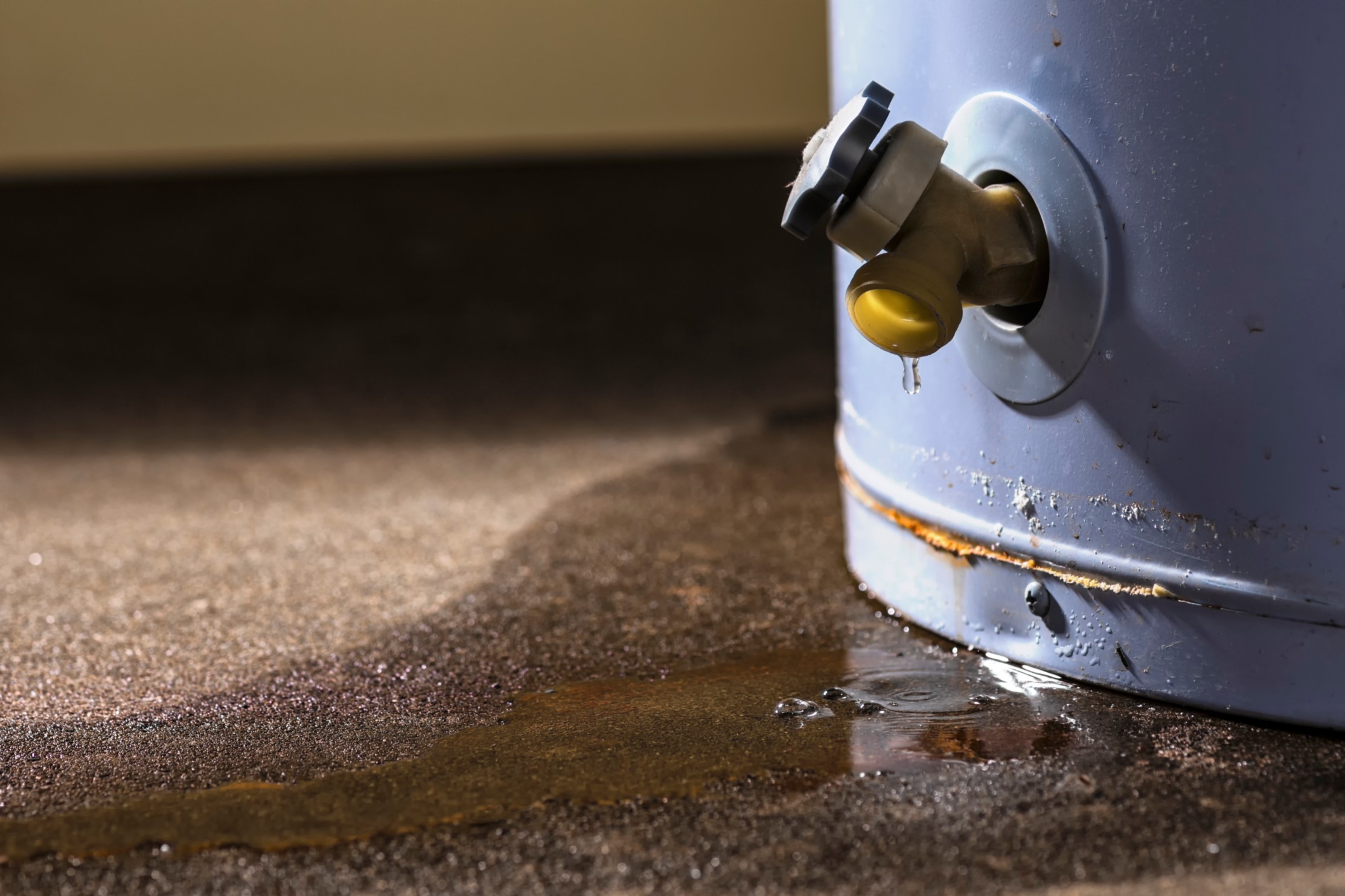What're your concepts on How to Maintain a Hot Water Heater in a Few Simple Steps?

Warm water is crucial for day-to-day convenience, whether it's for a rejuvenating shower or washing dishes. To ensure your hot water system runs successfully and lasts much longer, routine maintenance is essential. This article provides functional suggestions and insights on how to keep your home's warm water system to prevent disruptions and costly fixings.
Introduction
Maintaining your home's hot water system could appear difficult, but with a couple of basic steps, you can ensure it runs efficiently for many years to come. This overview covers whatever from understanding your warm water system to do it yourself maintenance tips and recognizing when to contact professional aid.
Value of Preserving Your Hot Water System
Routine maintenance not just prolongs the lifespan of your warm water system however also guarantees it operates successfully. Ignoring upkeep can cause decreased performance, higher power expenses, and even early failure of the system.
Indicators Your Hot Water System Demands Upkeep
Knowing when your warm water system needs focus can stop major problems. Look out for indicators such as inconsistent water temperature level, unusual sounds from the heating unit, or rusty water.
Purging the Hot Water Heater
Flushing your hot water heater eliminates sediment build-up, boosting effectiveness and prolonging its life.
Monitoring and Changing Anode Rods
Anode rods protect against rust inside the tank. Checking and replacing them when worn is crucial.
Complicated Concerns Needing Specialist Help
Instances consist of major leakages, electrical issues, or if your hot water heater is consistently underperforming.
Routine Specialist Maintenance Advantages
Specialist maintenance can include detailed examinations, tune-ups, and making sure compliance with safety criteria.
Examining and Adjusting Temperature Level Settings
Adjusting the temperature level setups ensures ideal efficiency and safety and security.
DIY Tips for Maintenance
You can do numerous maintenance tasks on your own to maintain your warm water system in leading problem.
Looking for Leakages
Regularly inspect pipelines and links for leaks, as these can cause water damages and higher expenses.
Understanding Your Hot Water System
Prior to diving right into maintenance jobs, it's useful to comprehend the fundamental parts of your warm water system. Typically, this includes the water heater itself, pipes, anode rods, and temperature level controls.
Regular Monthly Maintenance Tasks
Regular monthly checks can help capture small concerns prior to they intensify.
Evaluating Pressure Relief Valves
Testing the stress safety valve guarantees it works properly and avoids excessive pressure build-up.
Shielding Pipelines
Protecting hot water pipes lowers warmth loss and can save energy.
When to Call a Professional
While DIY upkeep is helpful, some problems require professional experience.
Final thought
Regular upkeep of your home's warm water system is vital for efficiency, longevity, and price financial savings. By following these pointers and recognizing when to seek professional aid, you can make sure a dependable supply of hot water without unanticipated interruptions.
How to Maintain an Instant Hot Water Heater
Before tinkering with your hot water heater, make sure that it’s not powered on. You also have to turn off the main circuit breaker and shut off the main gas line to prevent accidents. Also turn off the water valves connected to your unit to prevent water from flowing into and out of the appliance. 2. When you’re done, you have to detach the purge valves’ caps. These look like the letter “T†and are situated on either side of the water valves. Doing so will release any pressure that has accumulated inside the valves while at the same time avoid hot water from shooting out and burning your skin. 3. When the purge valves’ caps are removed, you have to connect your hosing lines to the valves. Your unit should have come with three hoses but if it didn’t, you can purchase these things from any hardware or home repair shops. You can also get them from retail stores that sell water heating systems. Read the user’s manual and follow it to complete this task properly. When the hosing lines are connected, open the purge port’s valves. 4. You should never use harsh chemical cleaners or solutions when cleaning your unit. Make use of white vinegar instead. It should be undiluted and you’ll probably use about 2 gallons. 5. Now flush your water heater. This task should probably take about 40 minutes. We can’t give you specific directions for this because the procedure is carried out depending on the type, model and brand of your heater. With that being said, refer to the user’s manual. 6. When you’re done draining the unit, you have to turn off the purge port valves again. Remove the hosing lines that you earlier installed on each of the water valves. Put the valve caps (purge port) back in their respective places and be very careful so as not to damage the rubber discs that are found inside these caps. 7. Now that everything’s back in place, check your user’s manual again to find out how to reactivate your water heating system. 8. Once it is working, turn one of your hot water faucets on just to let air pass through the heater’s water supply pipes. Leave the tap on until water flows smoothly out of it. https://www.orrplumbing.com/blog/2014/september/how-to-maintain-an-instant-hot-water-heater/

I was shown that article on Tips on Maintaining a Water Heater from a pal on another web page. Appreciated our blog? Please share it. Let another person locate it. We take joy in your readership.
Get Quote Now